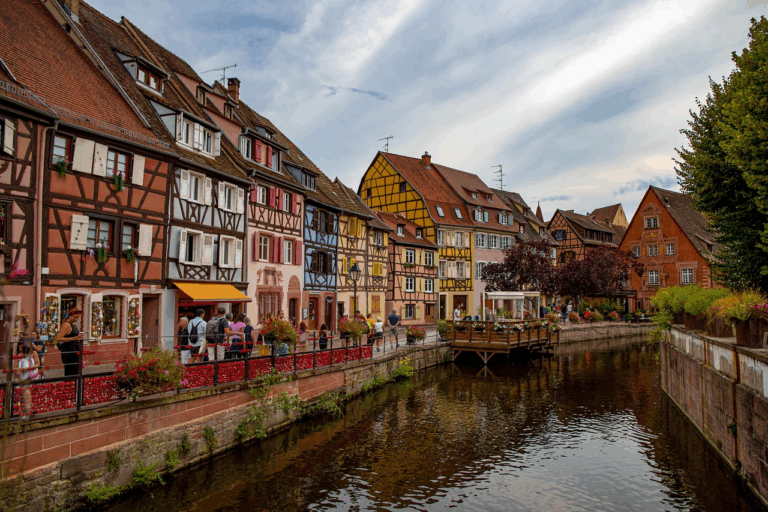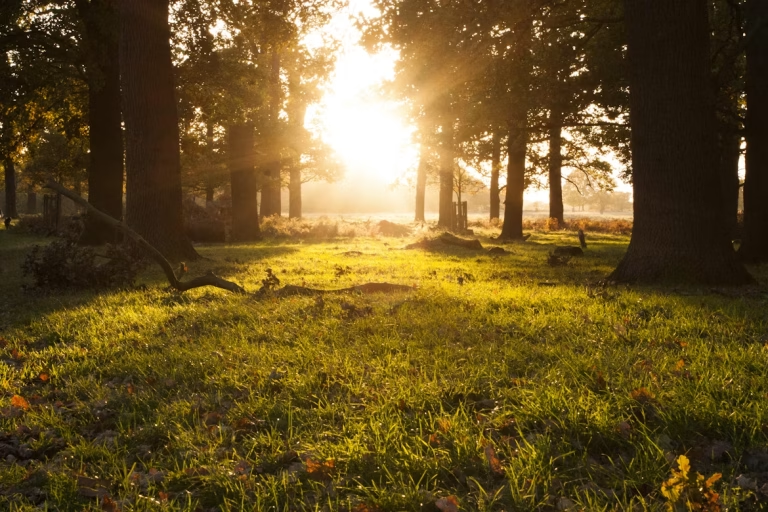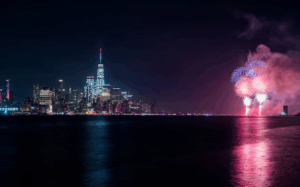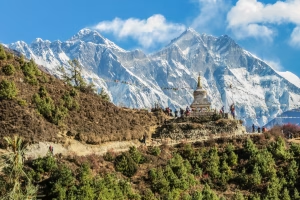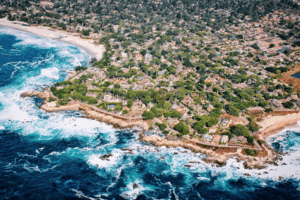
Discover 2026’s top urban oases—cities that prove you don’t have to sacrifice nature for city life. From Oslo’s carbon-positive forests to Singapore’s expanded ‘City in Nature 2.0’ program, explore destinations where green spaces, wildlife corridors, and urban amenities coexist. Perfect for remote workers, nature lovers, and anyone seeking the best blend of city convenience and outdoor adventure in 2026.
Quick Navigation
- Best Cities for Nature Lovers (2026)
- New Urban Oases for 2026
- Cities with Easy Access to National Parks
- Top European Urban Oases
- Budget-Friendly Green Cities
- Best Cities for Wildlife Spotting
- Green Cities Comparison Table 2026
- Urban Hiking Trail Destinations
- Cities Leading in Sustainability
- FAQs About Urban Oases
Best Cities for Nature Lovers in 2026
An urban oasis combines the best of city life with genuine nature access. In 2026, the definition has evolved: modern urban oases prioritize climate resilience, equitable nature access, biodiversity corridors, and sustainable infrastructure. The perfect destination offers public transportation to wilderness, dedicated green spaces, significant biodiversity protection, and active conservation efforts.
Oslo, Norway: The Carbon-Positive Forest Capital
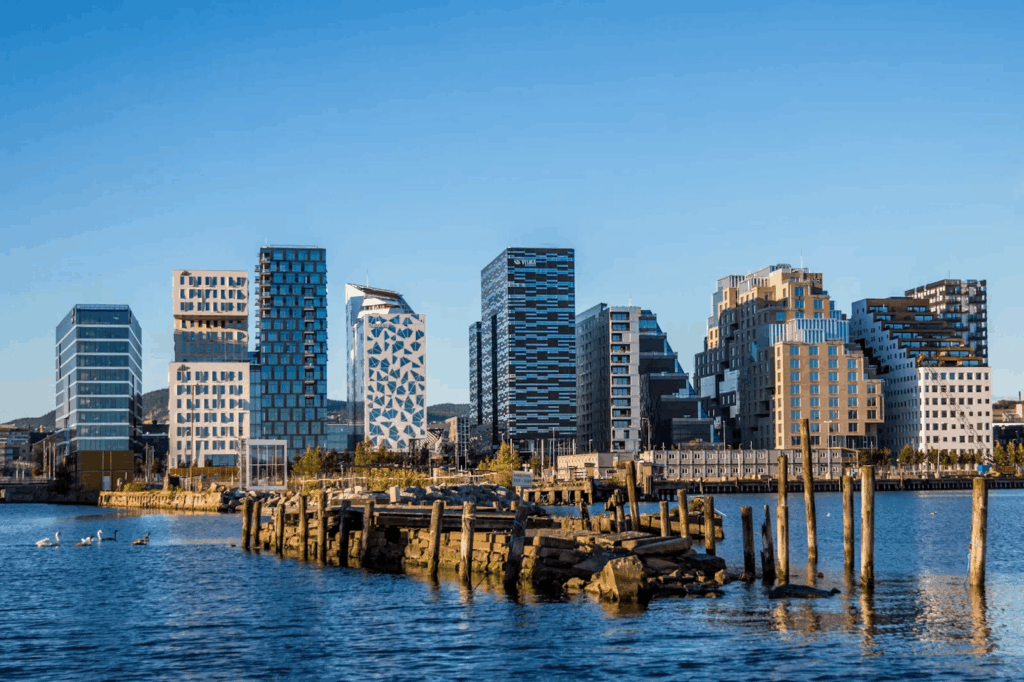
Oslo achieved carbon neutrality in 2024 and continues advancing toward carbon-positive status in 2026. Two-thirds of Oslo remains protected forests, parks, and waterways—a remarkable 67%—with new expansions planned through 2027. The city’s enhanced “green corridors” project now includes advanced wildlife tracking systems and expanded habitat for lynx, moose, and migratory birds.
2026 updates: The Marka Forest expansion adds 500 kilometers of maintained trails with real-time crowding apps to reduce human impact. New geothermal-heated outdoor pools extend the swimming season year-round.
Key attractions: Marka Forest (6,000 acres), Oslofjord swimming, Holmenkollen ski area. Best time to visit: June-September for hiking; February for winter sports.
Source: City of Oslo Environment Department
Singapore: City in Nature 2.0
Singapore expanded its nature agenda dramatically for 2026. The “City in Nature 2.0” program adds 1,000 hectares of new green space and completes the 360-kilometer Round Island Route—a continuous nature corridor connecting all major parks and reserves. Singapore now ranks first globally for integrating biodiversity throughout urban development with wildlife scoring 9.8/10.
2026 updates: New elevated ecological bridges allow wildlife movement between habitats safely. The Night Safari expanded with immersive night-trail experiences. The Tengah Forest neighborhood (opening 2026) showcases net-positive biodiversity design.
Key attractions: MacRitchie Reservoir, Gardens by the Bay, Night Safari, Round Island Route. Wildlife: Long-tailed macaques, flying lemurs, monitor lizards, 400+ bird species.
Source: National Parks Board Singapore
Vancouver, Canada: Greenest City by 2026
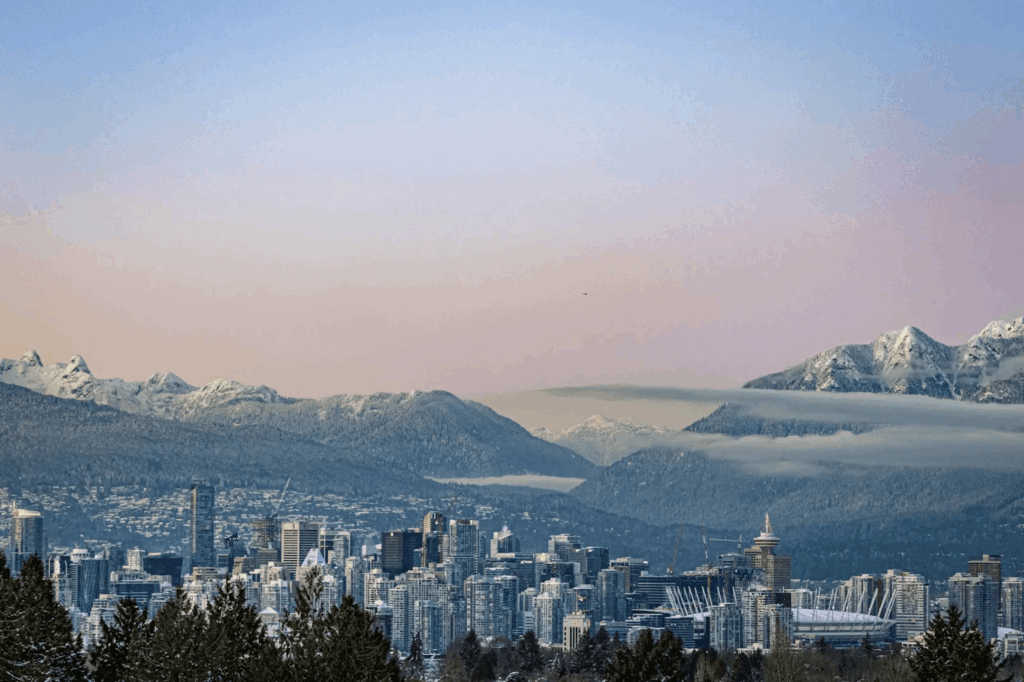
Vancouver achieved its “Greenest City 2020” targets and continues advancing sustainability goals through 2026. Stanley Park—1,000 acres larger than Central Park—remains at the city’s core, with new wildlife corridors protecting black bears and eagles. The Greenways Master Plan added 60+ miles of trails since 2020, with another 40 miles planned through 2027.
2026 updates: Vancouver’s green roof mandate now applies to all buildings over 2,500 m². The city launched an AI-powered wildlife monitoring system tracking urban ecosystems in real-time. North Shore trail expansion includes new accessibility features for visitors with mobility challenges.
Key attractions: Stanley Park, Lynn Canyon, North Shore mountains, Seawall trail. Wildlife: Bald eagles, black bears, seals, orcas, coho salmon.
Source: City of Vancouver Parks
Cape Town, South Africa: Urban Biodiversity Leader
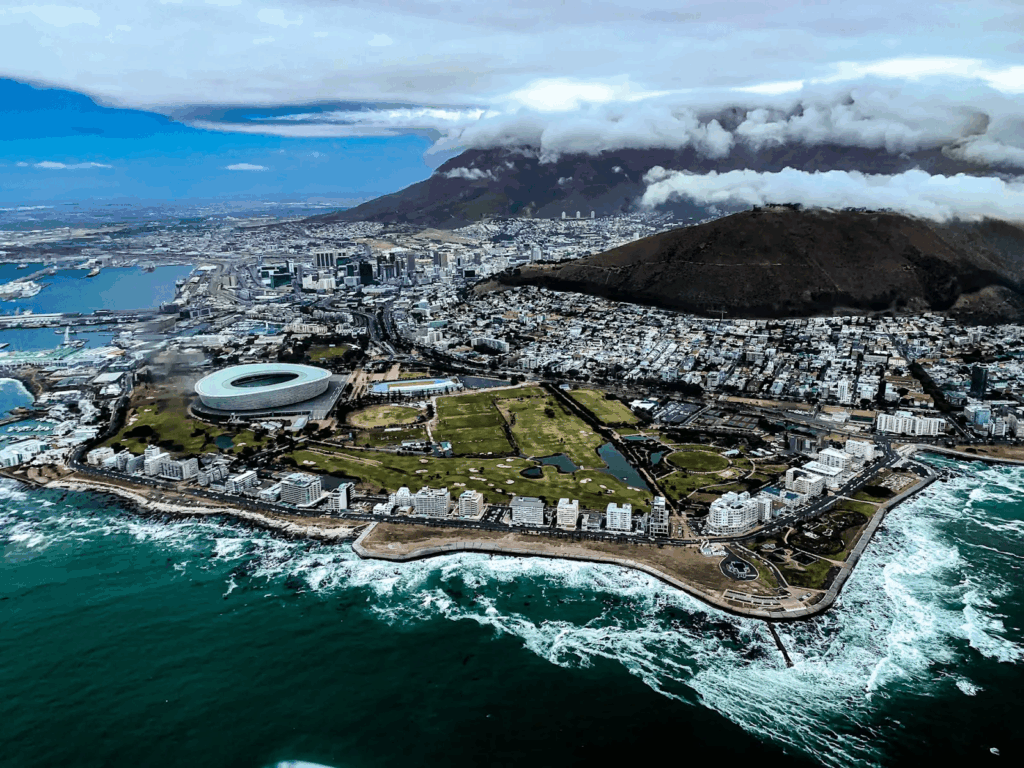
Cape Town sits within the Cape Floral Region—UNESCO World Heritage site with 9,000 plant species, more than the entire United Kingdom. The city’s Table Mountain management initiatives have successfully reintroduced species like South African eagles to urban areas. Wildlife corridors now protect caracals, baboons, and endemic birds.
2026 updates: The Greenbelt Initiative connected 100+ urban parks into a continuous ecological network. Table Mountain reopened mountain bike trails after conservation upgrades. New urban wetland restoration projects enhance urban stormwater management while providing habitat.
Key attractions: Table Mountain, Boulders Beach penguin colony, Chapman’s Peak Drive, Kirstenbosch Botanical Gardens. Wildlife: African penguins, caracals, baboons, South African eagles, 600+ plant species.
Source: SANParks Table Mountain National Park
New Urban Oases Emerging in 2026
Several cities are rising as new destinations for urban nature experiences:
Medellín, Colombia: Urban Renewal Success Story
Medellín transformed dramatically from 1990s violence to 2026’s most innovative urban innovation hub. The city’s “Jardín Botánico and Parque Bolívar” network now covers 20% of urban area. Cable cars provide free public transit to hillside neighborhoods with expansive views and hiking access.
Key attractions: Arví Park, Botanical Garden, Comuna 13 street art+nature tours, Guatapé rock formations (day trip).
Source: City of Medellín
Lisbon, Portugal: Mediterranean Urban Oasis
Lisbon emerged as Europe’s fastest-growing nature-integrated city for 2026. The city’s commitment to biodiversity resulted in 200+ new public gardens and expanded riparian corridors along the Tagus River. Urban farming initiatives and green roofs now cover 15% of the cityscape.
Key attractions: Parque da Pena, Sintra mountains (day trip), Tagus River trails, 7-Hills hiking routes.
Source: Visit Lisbon Official Tourism
Cities with Easy Access to National Parks
These cities combine sophisticated urban amenities with weekend-accessible wilderness:
Denver, Colorado: Rocky Mountain Gateway
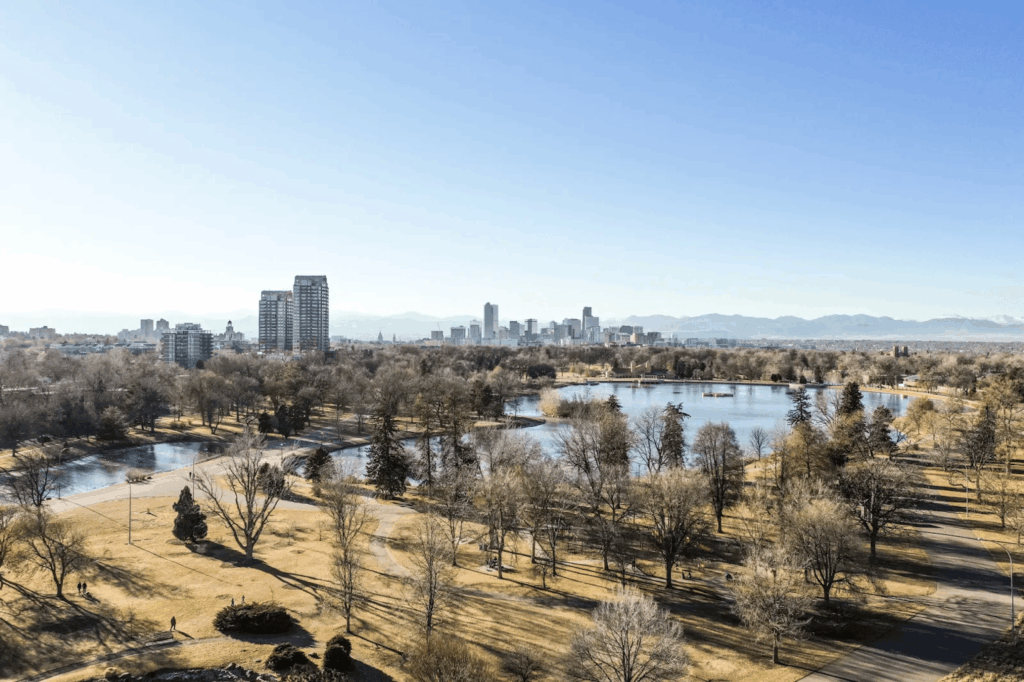
Denver’s expanded light rail now reaches 15 trailheads in Rocky Mountain foothills—30 minutes from downtown. Rocky Mountain National Park, Garden of the Gods, and Maroon Bells are all accessible without a personal vehicle. The city’s outdoor culture remains embedded in daily life with trail-based business meetings.
2026 updates: New dedicated mountain-bike trails with electric shuttle services. Free hiking permit apps help manage trail crowding. Enhanced weather forecasting provides real-time condition updates.
Best for: Rock climbing, alpine hiking, mountain biking, trail running.
Source: Rocky Mountain National Park (NPS)
Salt Lake City, Utah: Desert & Alpine Paradise
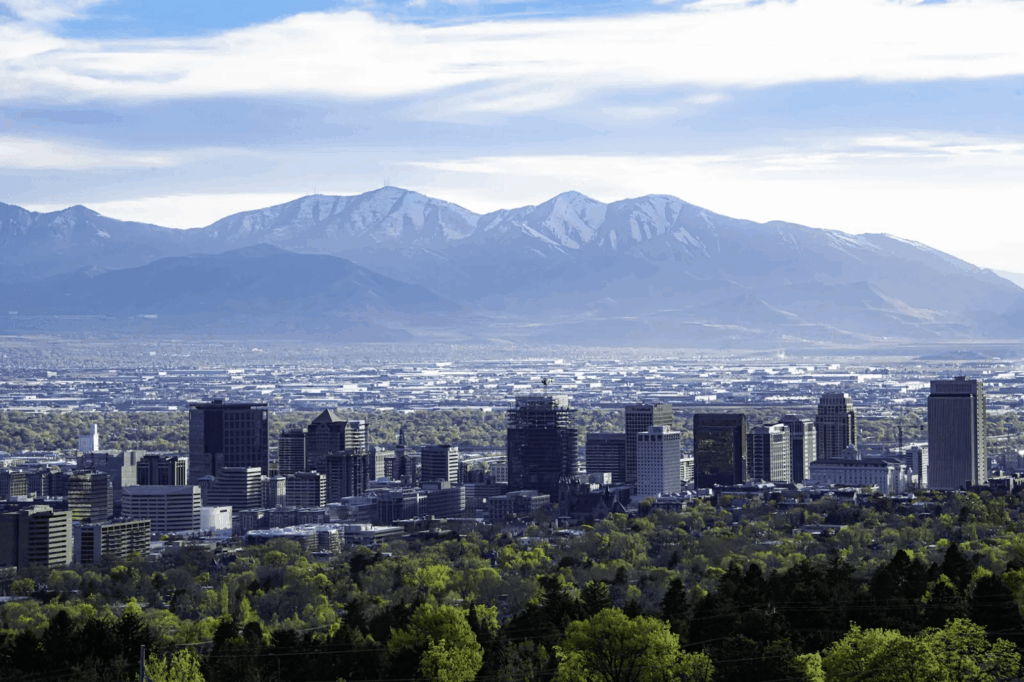
Salt Lake City offers unmatched geographic diversity: alpine lakes, red rock formations, desert canyons, and the Bonneville Salt Flats—all within one hour. Seven world-class ski resorts sit within 45 minutes of downtown. The Seven Greenways Vision Plan now spans 300 miles of connected trails.
2026 updates: New geothermal tourism in nearby national parks. Enhanced sustainable tourism infrastructure. Year-round trail maintenance with avalanche safety systems.
Best for: Skiing, hiking, slickrock biking, scenic drives.
Source: Salt Lake City Official
Nairobi, Kenya: The Urban Safari Capital
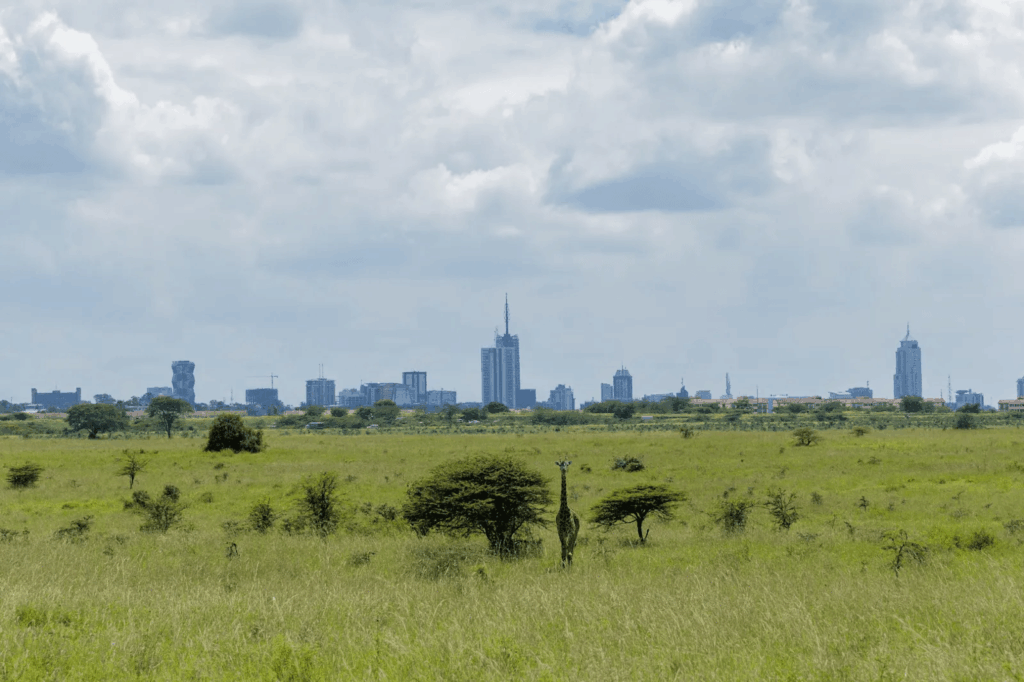
Nairobi National Park sits just 4 miles from downtown, where lions, rhinos, and giraffes roam with Nairobi’s skyline as their backdrop. This creates one of the world’s most unique urban wildlife experiences. 2026 infrastructure improvements include electric safari vehicles and wildlife corridors connecting to larger protected areas.
2026 updates: New citizen science programs let residents track predator movements. Expanded accommodation options cater to local and international visitors. Community conservation programs provide economic benefits to nearby villages.
Best for: Wildlife photography, safari experiences, conservation tourism.
Source: Kenya Wildlife Service
Top European Urban Oases
Europe’s sophisticated conservation efforts have preserved exceptional green spaces:
Ljubljana, Slovenia: Green Heart of Europe
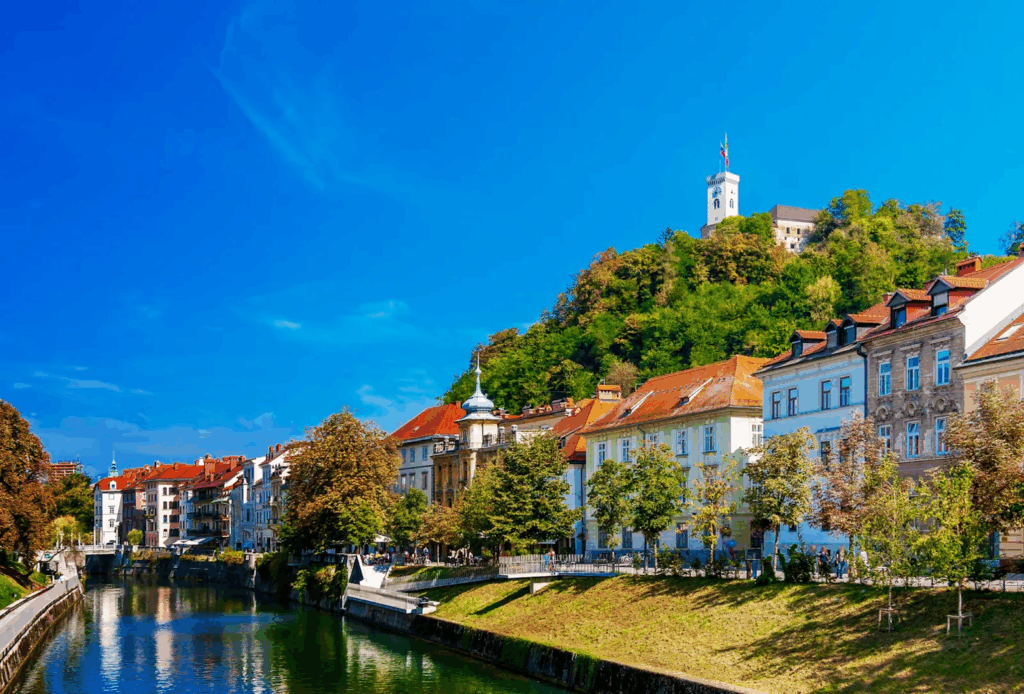
Ljubljana holds the title “Green Capital of Europe” with 40% green space coverage. The “Green Ring” project links urban forests, wetlands, and hills with 75 miles of recreational trails. The city seamlessly transitions from downtown to countryside within walking distance.
2026 updates: New riverside restoration projects enhance water quality and wildlife habitat. Enhanced biodiversity monitoring using environmental DNA. Virtual reality nature tours help promote conservation while reducing trail pressure.
Key attractions: Tivoli Park, Ljubljana Marshes, Kamnik-Savinja Alps.
Source: Ljubljana Tourism Board
Reykjavik, Iceland: Geothermal Urban Wonders
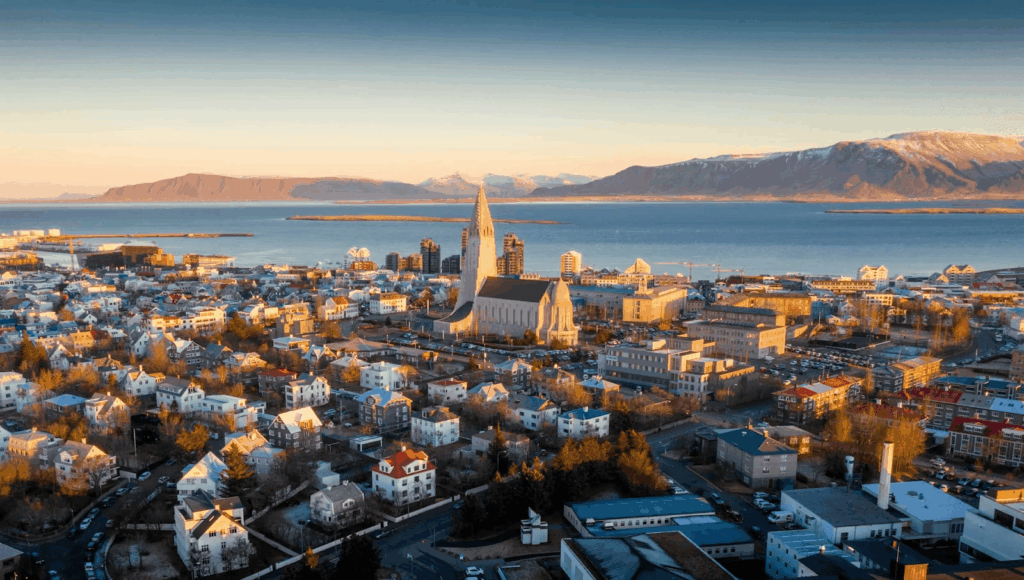
Reykjavik harnesses geothermal energy for public hot springs, heated outdoor pools, and botanical gardens with tropical plants at 64°N latitude. Illuminated winter hiking paths enable year-round outdoor activities despite limited winter daylight. Northern lights viewing from multiple urban locations creates magical winter experiences.
2026 updates: New geothermal tourism ventures offer underground cave exploration. Enhanced aurora forecasting technology. Year-round outdoor pool expansions with sustainable heating.
Best for: Geothermal experiences, northern lights, unique landscapes.
Source: Inspired by Iceland
Copenhagen, Denmark: Carbon-Neutral Capital
Copenhagen achieved carbon neutrality in 2025 and continues advancing sustainability. The “Green Roof Policy” requires vegetation on all new flat roofs, creating elevated habitat for birds and insects. Harbor swimming areas integrate nature into the urban core with clean water supporting both recreation and wildlife.
2026 updates: New ‘Superkilen’ park expansions add 50 hectares. Enhanced bike infrastructure connects to rural nature areas. Floating wetland gardens clean urban waterways while providing habitat.
Best for: Cycling, sustainability tourism, harbor swimming.
Source: City of Copenhagen
Budget-Friendly Green Cities in 2026
Exceptional outdoor opportunities without expensive accommodations:
Portland, Oregon: Affordable Pacific Northwest
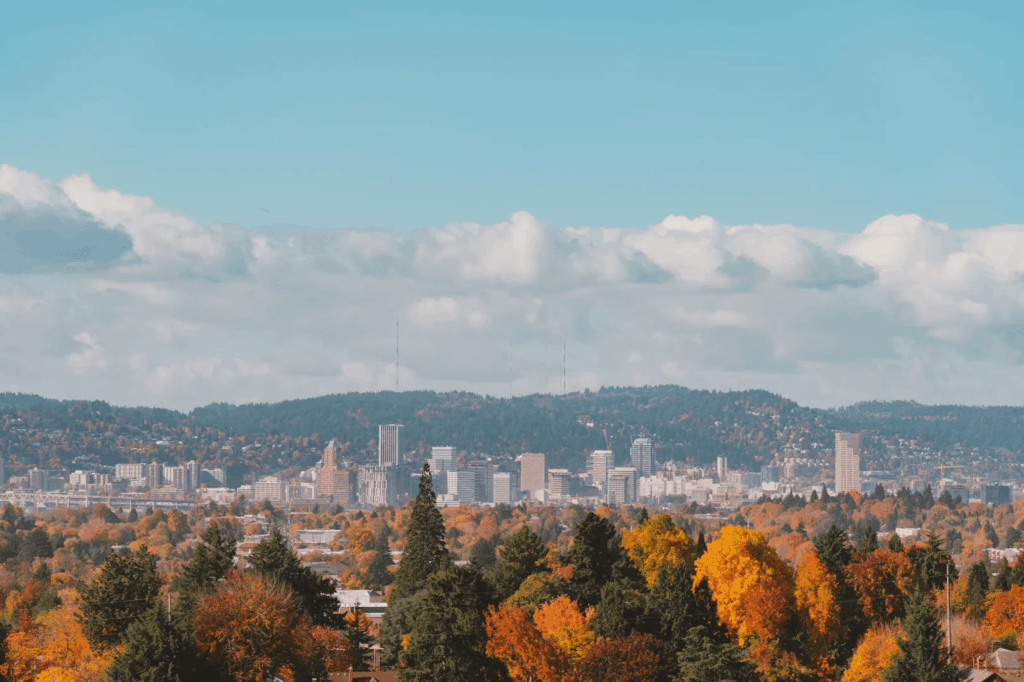
Portland offers outdoor living at reasonable costs. Forest Park—5,200 acres—is one of North America’s largest urban forests with 80+ miles of trails. Expanded light rail connects directly to Columbia River Gorge trailheads. The city’s equitable green space commitment created parks in historically underserved neighborhoods.
2026 updates: New trail maintenance programs reduce crowding. Electric shuttle services provide car-free access to popular areas. Community-led restoration projects welcome volunteer participation.
Best for: Budget travelers, hiking enthusiasts, trail running.
Source: Portland Parks & Recreation
Austin, Texas: Affordable Sun Belt Urban Oasis
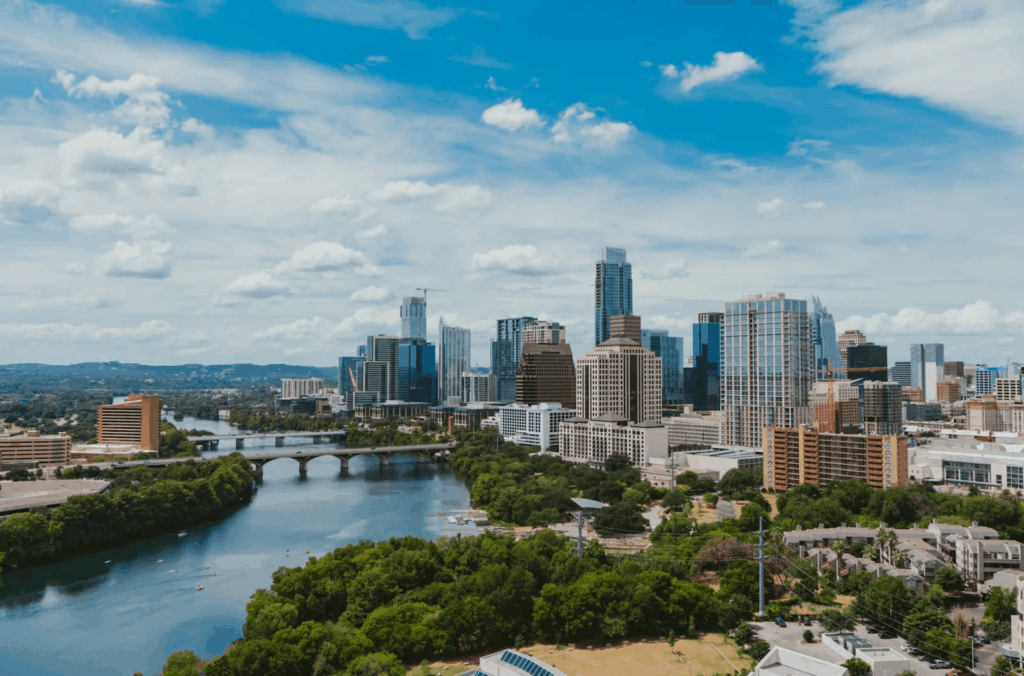
Austin maintains natural amenities despite rapid development. Barton Springs Pool—a natural spring-fed oasis in the city center—maintains 68°F year-round. The 12-mile Greenbelt trail system offers urban hiking and hidden swimming spots. The city protected natural swimming holes from development.
2026 updates: New urban lake restoration projects enhance water quality. Expanded trail network connects to Hill Country parks. Affordable nature programming through parks departments.
Best for: Swimming, budget-conscious travelers, tech workers, year-round outdoor activities.
Source: City of Austin Parks
Chiang Mai, Thailand: Southeast Asia Adventure Base
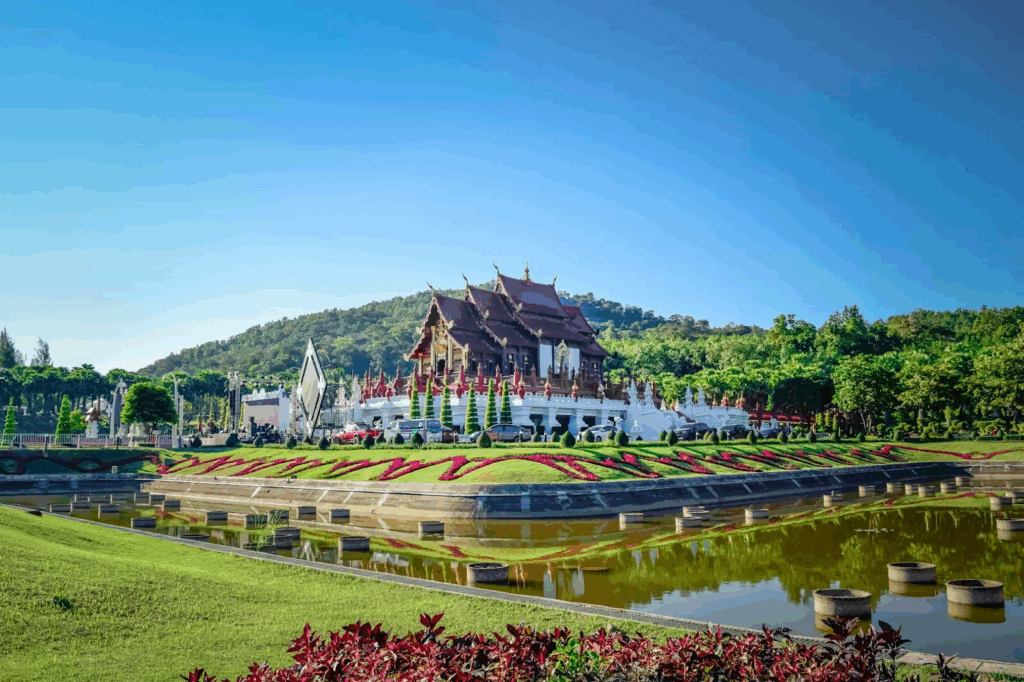
Chiang Mai offers unbeatable value for international nature travelers. The city sits in a valley surrounded by mountains with Doi Suthep National Park adjacent to city limits. Outdoor activities cost a fraction of Western prices: jungle trekking, waterfall tours, and mountain biking remain affordable.
2026 updates: Enhanced elephant sanctuary tourism with better animal welfare standards. Sustainable trekking initiatives reduce trail impact. Community-based nature tourism supports local economies.
Best for: International travelers, budget adventurers, cultural immersion.
Source: Thailand National Parks
Best Cities for Wildlife Spotting in 2026
These cities offer exceptional opportunities to observe animals in urban settings:
Singapore: Biodiversity Innovation Leader
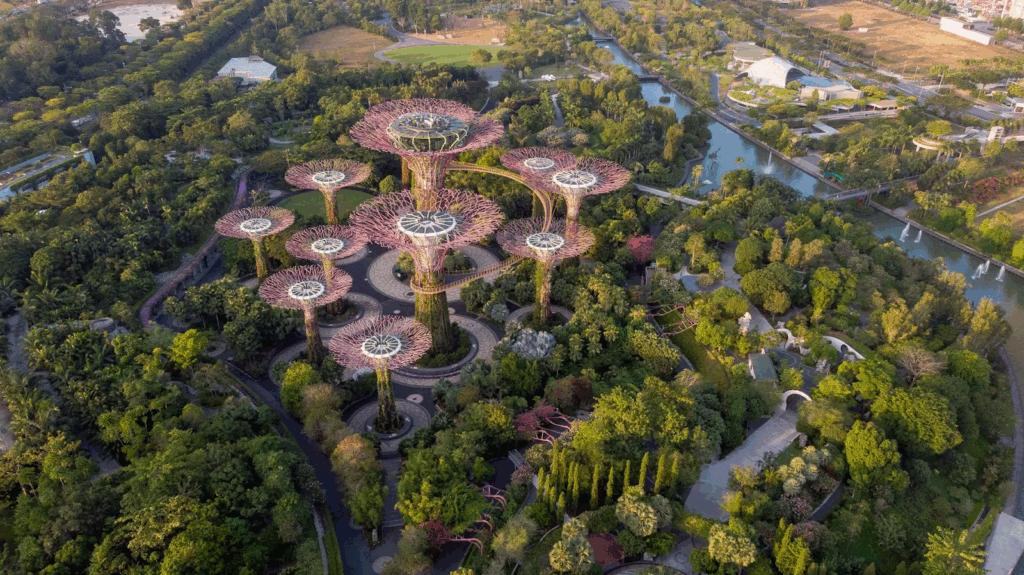
Singapore transformed from concrete jungle to ecological leader. The “City in Nature 2.0” initiative creates urban ecosystems where wildlife thrives. MacRitchie Reservoir hosts long-tailed macaques, monitor lizards, and flying lemurs. The Night Safari offers unique nocturnal wildlife viewing.
2026 updates: New biodiverse urban neighborhoods incorporate wildlife habitat by design. AI-powered wildlife tracking provides real-time sightings. Expanded nature reserves support species reintroduction programs.
Wildlife: Macaques, monitor lizards, flying lemurs, 400+ bird species.
Source: National Parks Board Singapore
Brisbane, Australia: Koalas, Wallabies & Beyond
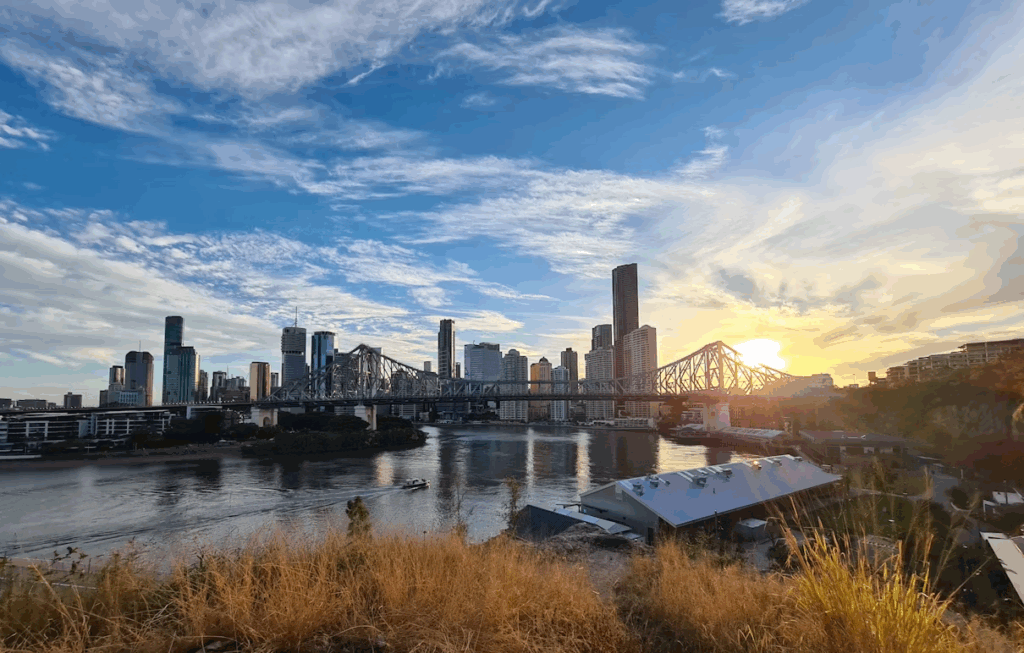
Brisbane offers perhaps the most accessible urban wildlife viewing in the developed world. Bushland reserves integrated into suburbs provide habitat for iconic species: koalas, wallabies, and 400+ bird species. Brisbane’s successful koala protection program increased populations in urban areas.
2026 updates: New native vegetation programs support wildlife recovery. Community wildlife monitoring apps let residents report sightings. Expanded protected corridors enable species movement between reserves.
Wildlife: Koalas, wallabies, kookaburras, possums, rainbow lorikeets.
Source: Brisbane City Council Parks
Nairobi, Kenya: Big Five on City Limits
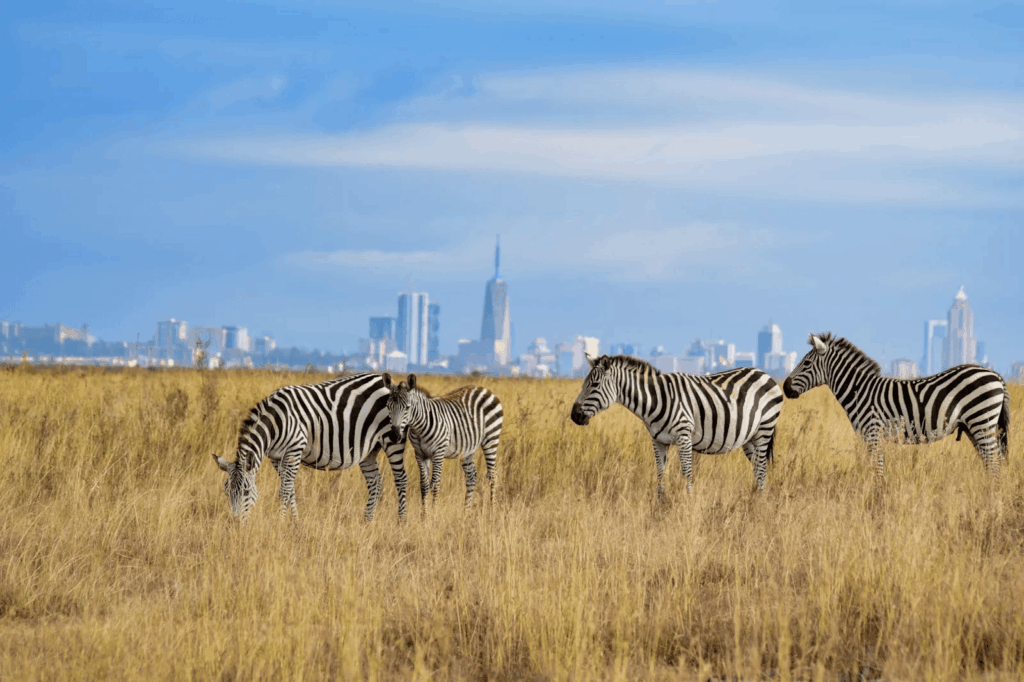
Nairobi National Park sits 4 miles from downtown with lions, rhinos, giraffes, and zebras—all with Nairobi’s skyline as backdrop. This creates one of the world’s most unique urban-wildlife phenomena. 2026 infrastructure improvements include electric safari vehicles and expanded wildlife corridors.
Wildlife: Lions, rhinos, giraffes, zebras, buffalo, cheetahs, hyenas.
Source: Kenya Wildlife Service
2026’s Greenest Cities — Comparative Analysis
| City | Country | Green Space | Green Space per Capita | Key Park/Reserve | Notable Achievement 2025-26 |
|---|---|---|---|---|---|
| Oslo | Norway | 68% of total area | 39 m² per person | Marka Forest (6,000 acres) | 98% of residents within 300m of green space |
| Singapore | Singapore | 47% of total area | Not specified | MacRitchie Reservoir, Gardens by the Bay | 360km Park Connector Network completed |
| Copenhagen | Denmark | ~25% urban green | 32 m² per person | Tivoli Gardens, Amager Fælled | Carbon neutral achieved 2025 |
| Vancouver | Canada | Data varies by district | Public access emphasis | Stanley Park (1,000 acres) | Greenest City Action Plan 2020-2025 completed |
| Ljubljana | Slovenia | 40% of total area | High per capita | Tivoli Park, Ljubljana Marshes | European Green Capital, 75 miles Green Ring |
| Cape Town | South Africa | Table Mountain NP urban | UNESCO World Heritage access | Table Mountain, Kirstenbosch | 100+ urban parks Greenbelt Initiative |
| Nairobi | Kenya | National Park 4 miles from CBD | Unique urban safari | Nairobi National Park (45 sq miles) | Electric safari vehicles, wildlife corridors |
| Brisbane | Australia | Extensive bushland reserves | Integrated suburban habitat | Brisbane Botanic Gardens | Koala population recovery in urban areas |
| Portland | USA | Forest Park 5,200 acres | Equitable distribution focus | Forest Park, 80+ miles trails | Light rail to Columbia River Gorge trails |
| Reykjavik | Iceland | Protected natural areas | Year-round geothermal access | Heiðmörk Nature Reserve | Illuminated winter hiking paths |
FAQs About Urban Oases
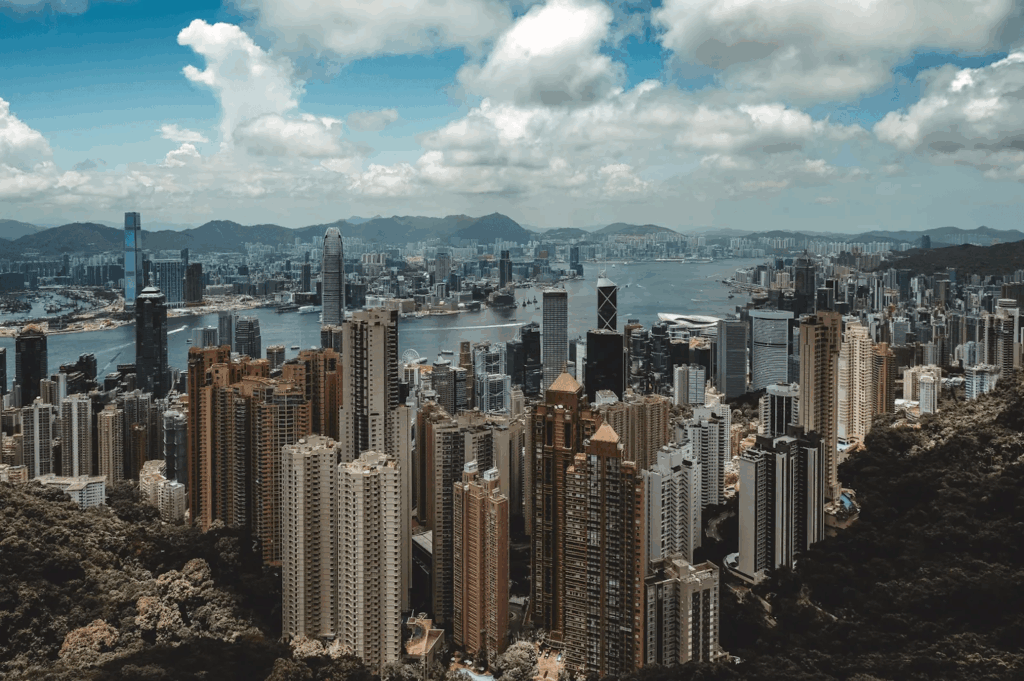
What exactly is an urban oasis?
An urban oasis is a city that successfully integrates significant natural spaces—parks, forests, wildlife corridors, waterways—into its urban fabric, providing residents and visitors easy access to nature without leaving the metropolitan area. Modern urban oases (2026 definition) prioritize biodiversity, equitable access, climate resilience, and sustainable infrastructure alongside traditional green space metrics.
Which cities have the most accessible green space in 2026?
Oslo leads with 67% protected green space, followed by Ljubljana (40%), Vancouver (25%), and Singapore (27%). However, “most accessible” depends on equity of distribution—Singapore and Copenhagen score highest for ensuring all residents live within 10 minutes’ walk of quality green space, regardless of neighborhood income levels.
Can I really see significant wildlife inside major cities?
Absolutely. Nairobi National Park hosts lions, rhinos, and giraffes just 4 miles from downtown. Singapore’s urban reserves support 400+ bird species, macaques, and monitor lizards. Brisbane’s suburban koala populations are increasing. Vancouver’s Stanley Park hosts bald eagles, seals, and occasionally orcas in adjacent waters. Urban rewilding efforts are succeeding globally.
What’s the best time to visit these urban oases?
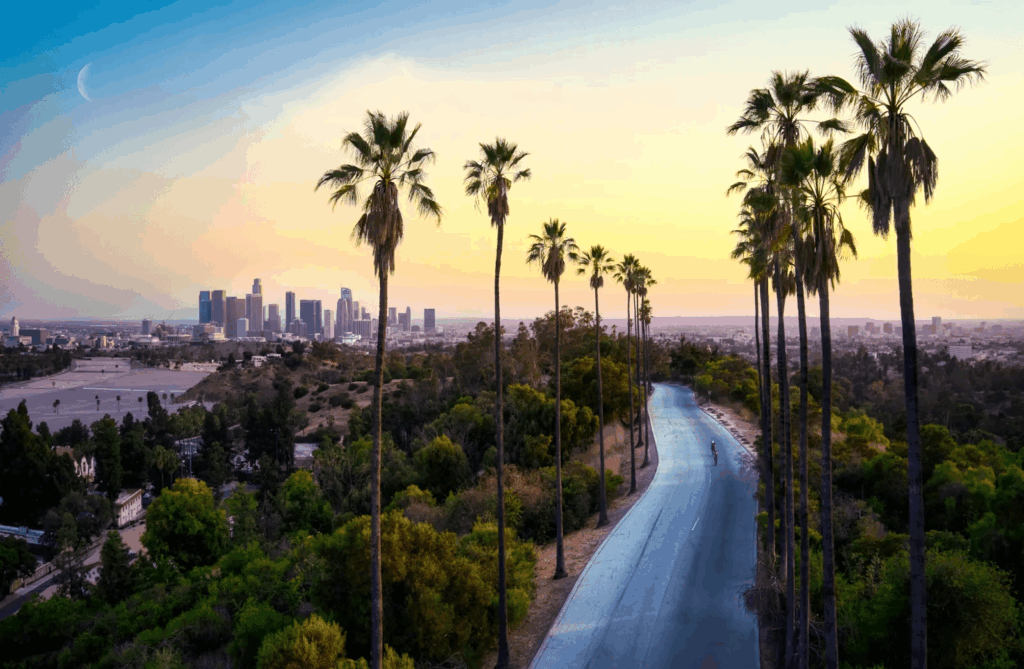
It varies by city and your priorities:
- Oslo: June-September for hiking; February for winter sports
- Singapore: Year-round (tropical); avoid peak monsoon November-January
- Cape Town: September-April (avoid winter rains)
- Vancouver: May-September for hiking; December-March for skiing
- Nairobi: June-October and January-February (dry seasons, best wildlife viewing)
Check specific city entries above for detailed seasonal guidance.
Are urban oases safe for families and solo travelers?
Generally yes, especially in developed-world cities like Oslo, Vancouver, Copenhagen, and Singapore, which rank among the world’s safest cities overall. Their urban nature areas maintain the same safety standards as city centers. In cities like Nairobi or Cape Town, follow standard travel precautions: join guided tours for wildlife areas, avoid isolated trails at dawn/dusk, and check local advisories. Most urban oases offer well-maintained, populated trails during daylight hours.
How can I find urban nature when traveling to a new city?
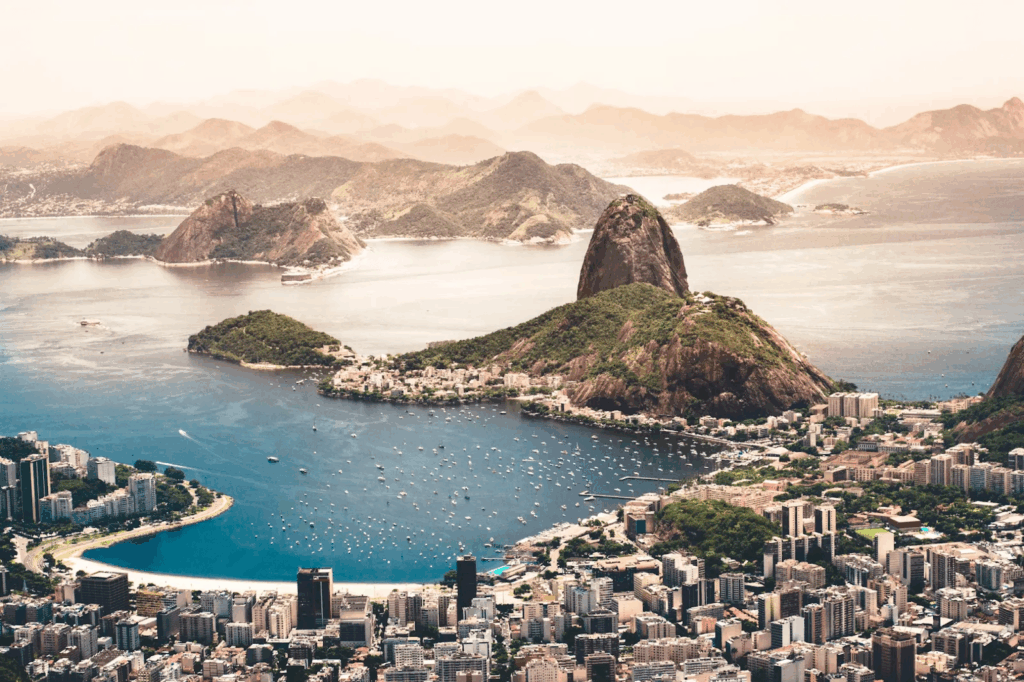
Modern tools make this easier than ever:
- Apps: AllTrails, Komoot, and city-specific park apps (e.g., NYC Parks, Singapore Parks)
- Websites: City parks department sites, local tourism boards
- Ask locals: Hotel concierges, outdoor gear shops, running clubs
- Look for: “urban forest,” “greenbelt,” “nature reserve,” or “country park” in city maps
- Public transit: Many cities now provide direct transit to major trails (Vancouver, Oslo, Denver, Hong Kong)
What should I pack for urban nature exploration?
Urban hiking requires less gear than wilderness backpacking, but essentials include:
- Comfortable walking shoes (trail runners work well)
- Reusable water bottle (most cities have refill stations)
- Sun protection (hat, sunscreen)
- Light rain jacket (weather changes quickly)
- Phone with maps/trail apps downloaded offline
- Basic first aid items
- Respect local rules: leash for dogs, no littering, stay on marked trails
Finding Your Perfect Urban Oasis (2026 Edition)
The best urban oases of 2026 aren’t just cities with parks—they’re places where urban planning explicitly values and protects natural experiences as essential to quality of life, public health, and climate resilience. The cities highlighted in this guide represent diverse approaches to integrating nature into urban environments across different climates, cultures, and economic contexts.
What’s Changed Since 2025?
Urban nature has accelerated dramatically. Singapore’s City in Nature 2.0 added 1,000 hectares in one year. Oslo expanded Marka Forest trails by 500 kilometers. Copenhagen and Vancouver achieved carbon neutrality ahead of schedule while increasing biodiversity. Cities worldwide recognize that nature-based solutions address multiple urban challenges simultaneously—from mental health to stormwater management to climate adaptation.
The Future of Urban Oases

Looking ahead, expect:
- Expanded wildlife corridors connecting isolated urban parks into functional ecosystems
- Climate-resilient green infrastructure designed to handle extreme weather while supporting biodiversity
- Equitable access initiatives ensuring all residents—regardless of income or neighborhood—live near quality nature
- Technology integration (apps, real-time data) helping visitors enjoy nature responsibly while minimizing environmental impact
- Community-led conservation empowering residents as stewards of urban ecosystems
Your Next Steps
Whether planning your next vacation or considering a major relocation, the false dichotomy between urban convenience and natural beauty continues breaking down. More cities than ever embrace their role as stewards of local ecosystems while providing world-class urban amenities.
Remote workers and digital nomads: Cities like Ljubljana, Chiang Mai, and Medellín offer affordable living, strong wifi, and exceptional nature access—perfect for the “work from anywhere” lifestyle.
Families: Oslo, Vancouver, Copenhagen, and Singapore provide safe, family-friendly environments with nature education programs and accessible outdoor spaces for all ages.
Adventure seekers: Denver, Salt Lake City, Queenstown, and Nairobi combine urban sophistication with legitimate wilderness adventure minutes from downtown.
Budget travelers: Portland, Austin, Chiang Mai, and Medellín prove you don’t need unlimited funds to enjoy urban nature—many offer free or low-cost parks, trails, and outdoor programming.
Join the Urban Nature Movement
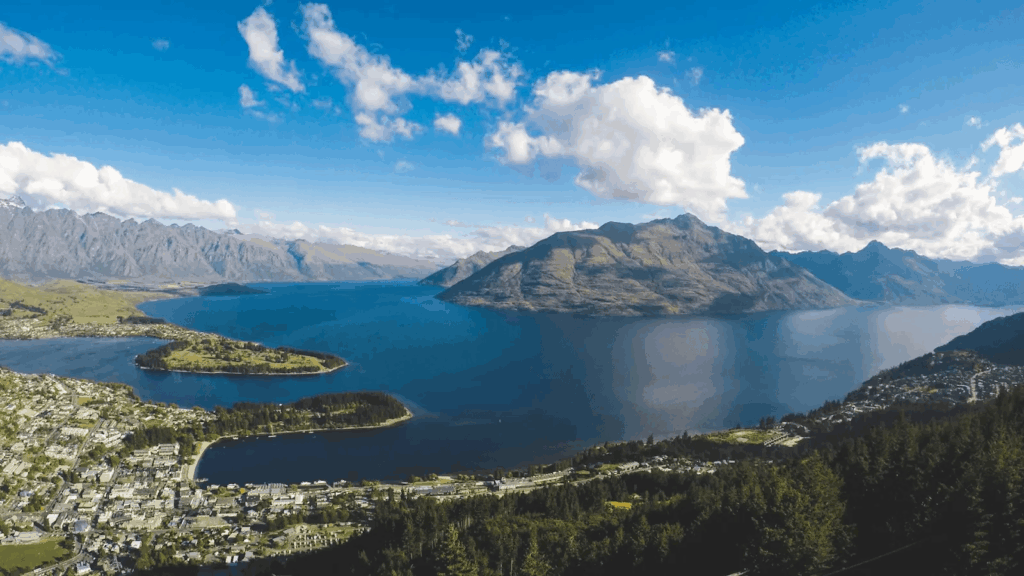
The cities in this guide prove you don’t always have to choose between city lights and starry nights—the best urban oases offer both. As more urban planners prioritize nature-based solutions and biodiversity alongside traditional development, the future of city living looks increasingly green.
Have you discovered an urban oasis that deserves recognition? Share your experiences and help others find these hidden gems where skyscrapers and wildlife coexist in surprising harmony.
Remember: Every visit to urban nature, every trail walked, every native plant garden created contributes to a growing movement proving that cities can be both vibrant human habitats and thriving ecosystems.
The urban oases of 2026 are just the beginning.

